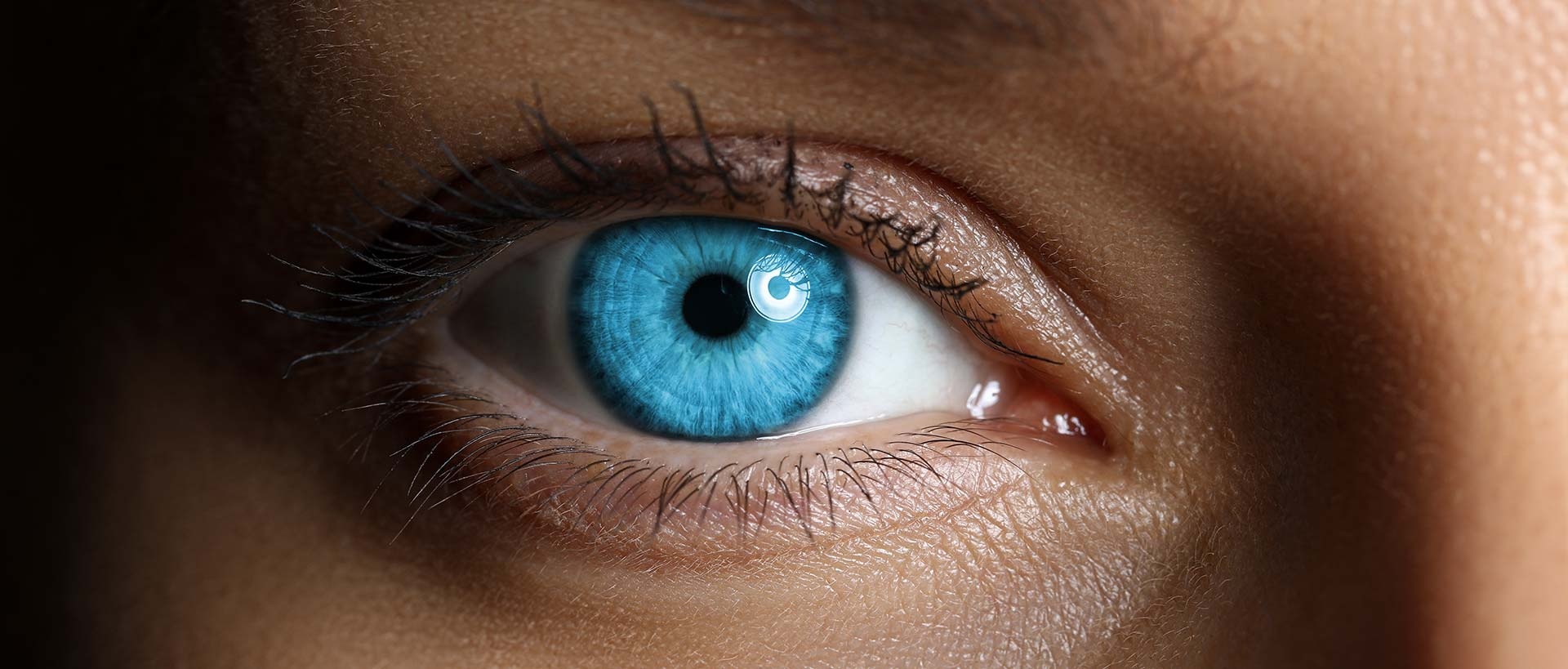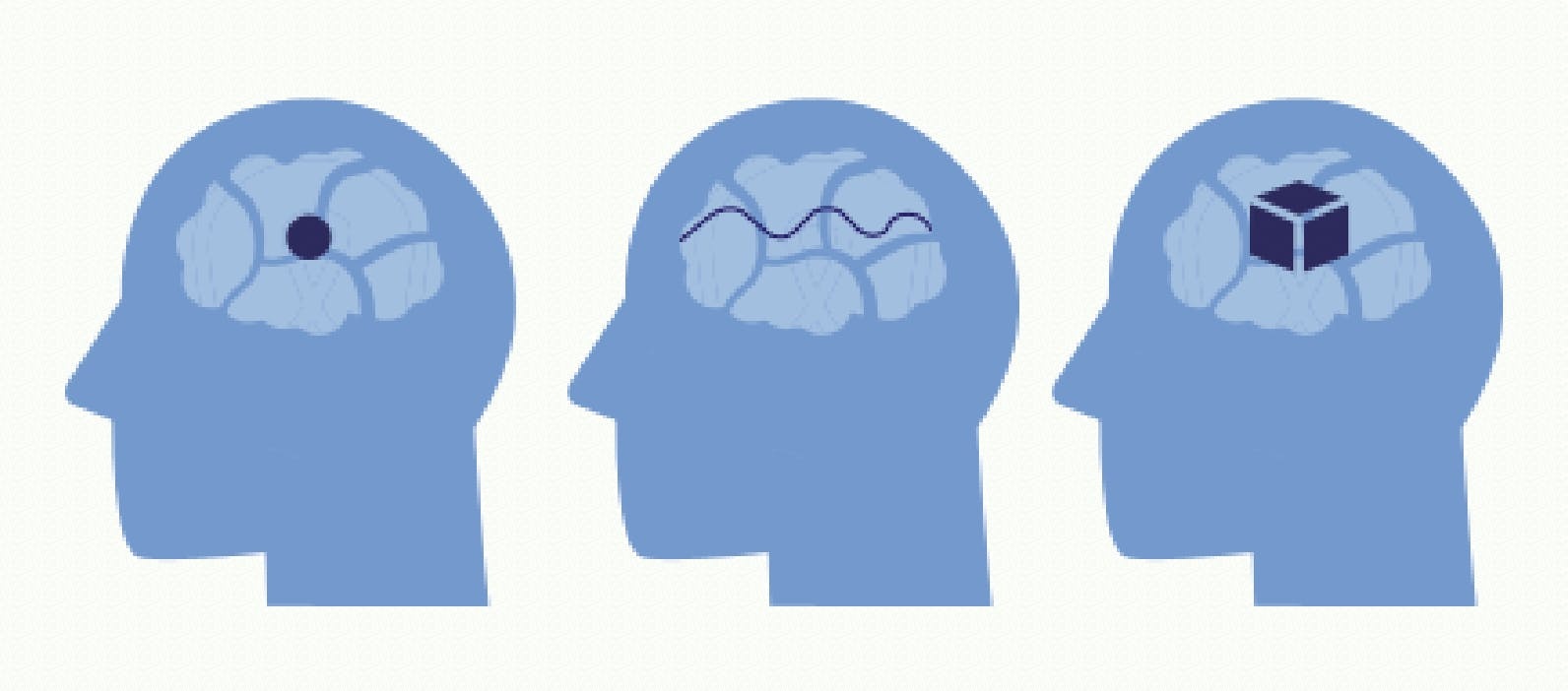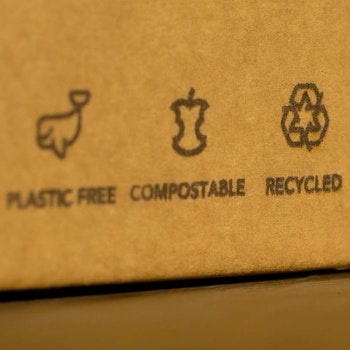
As we move through day-to-day life, we are continuously shifting our attention to concentrate on our surroundings and process incoming information. The phrase ‘paying attention’ on the surface sounds simple, yet this dynamic shifting is driven by change in the allocation of our brains energy and does not exist in a single static state, but rather fluctuates across a spectrum of intensity.
Neuroscience research has discovered that we have multiple types of attention. Each one processes information differently.
Two hallmark types of attention that exist along this spectrum include voluntary and involuntary. An example of our voluntary attentive state could be when someone is sat in a classroom purposefully focusing on a lecturer; in this situation, there is a purposeful anchoring of attention on what the lecturer is saying. An example of our involuntary attentive state, however, could be when during this lecture a glass drops to the floor smashing on impact, driving the individual's attention away from the lecturer - otherwise described as a stimuli-driven diversion of focus.
Our attention is constantly moving across these many attentive states where optimization of information processing can subconsciously change depending on the target input. In this classroom example, although the lecturer may continue to present their information despite the glass dropping when focused on the involuntary stimuli the individual may be unable to process both information inputs simultaneously and as a result could have no recollection of what the lecturer was saying around the time of the glass smashing. Although these two states may sound defined and solid, they only represent two points on the attention spectrum, across which there is a constant flux.
As well as existing in a fluid state, our attention moves through three dimensions. Using our most fundamental 5 senses, we span our attention across the length, height and distance of our physical proximity – however the detected inputs engage our conscious and subconscious reactions, representing a kind of ‘fourth dimension’ of attention. For example, when the glass was dropped in the classroom the individual was able to detect its location in their proximity using their sense of hearing and sight, however, the feeling of shock or fleeting panic that was felt represents the depth of the attention where the information processed from this stimulus initiated an emotional reaction.
This fourth dimension of attention exists not only as a product of the information presented to us, but as a powerful driver in processing the information to begin with. In our previous example, the individuals voluntary attention was driven by motivation to listen to the lecturer in order to process the information - perhaps out of personal interest or to pass an exam. So, what are some of the ways that we can drive this conscious or nonconscious depth of attention?
The power of colour
Globally, our attention spans are narrowing, driven by the increase in information that surrounds us on a daily basis competing to divide our attention. Mobile phones and smart technology readily supply us with fast and extensive information inputs through social media and entertainment platforms that compete with our surrounding environment for focus of attention and processing. How we can tap into our busy attention and influence the direction of its fluid movement?
Colour is particularly powerful in shaping our attention.
The image below represents how colour can influence a fast involuntary effect in directing our attention, where the viewers attention is driven to the 'pop' of colour. However, the second image illustrates how, even with less points of obvious colour differentiation, the colours can evoke or enhance the depth of attention and subsequent emotional responses. When looking at this image of space, the third dimension of attention here could be represented by a sense of awe or curiosity, subsequently influencing the power of attention paid toward the image such as by looking closer or looking away.
Advertising often uses colours to drive and capture our attention to brands or ads. In some cases, this use of colour instantaneously evokes an emotional response that dictates our nonconscious relationship with that brand or advert.
Neuroscience studies have quantified the speed of our attentional engagement and defined a critical bracket of 3-5 seconds, within which our attention can spread across its three dimensions and evoke a lasting response within the viewer. This rapid nature of our attention's fluid movement only further proves the power that colour has in being able to engage all three dimensions whilst also illustrating the importance of perfecting its use to optimise aspects such as a viewer’s level of interest when first presented with a product. Whether it’s when scrolling on a phone screen or when walking through a shop, colour is the hallmark driver of attention and interest in our surroundings.
In order to optimize something, however, we need to measure it. And this need has motivated a surge of research in fields of visual and behavioral neuroscience.
Measuring and optimising our relationship with colour
Visual saliency Is used to describe the degree to which any visual stimuli stands out from its surroundings, and is a vital component in measuring and optimising the effect colour and design have on the distribution of our attention.
Here at CloudArmy, we use visual saliency technology able to track and map the areas that attract our visual attention within the first 3-5 seconds of it being presented, in order to establish the best conscious and nonconscious relationship between a viewer and a product or stimuli. Being able to visualise and measure the level of attraction toward a product or stimuli represents a fundamental aspect of the design process, and allows us to optimise primary drivers such as colour or design. As well as accurately measuring such a complex process, we are able to incorporate environmental considerations by replicating how a viewer may see a stimulus in a realistic situation. For example, when measuring a product package, as well as identifying areas of interest and improvement on the entire pack itself, measuring visual saliency on a shelf when surrounded by other packs replicates how the viewer may visualise this in their typical day. In doing so we are able to offer deeper accurate insights surrounding this deep rooted neuroscientific process, that itself still remains a vast area of research in the neuroscience field.
As well as this, in combination with both Implicit and explicit testing, we can uncover insights into the balance between conscious and nonconscious driven attention and how it may elicit deeper effects on our psychology and perception. By appreciating the vast number of complex processes that take place in our brains when perceiving a stimulus, we can begin to question and measure their deeper effects and gain insight into the invisible processes that make us who we are.








